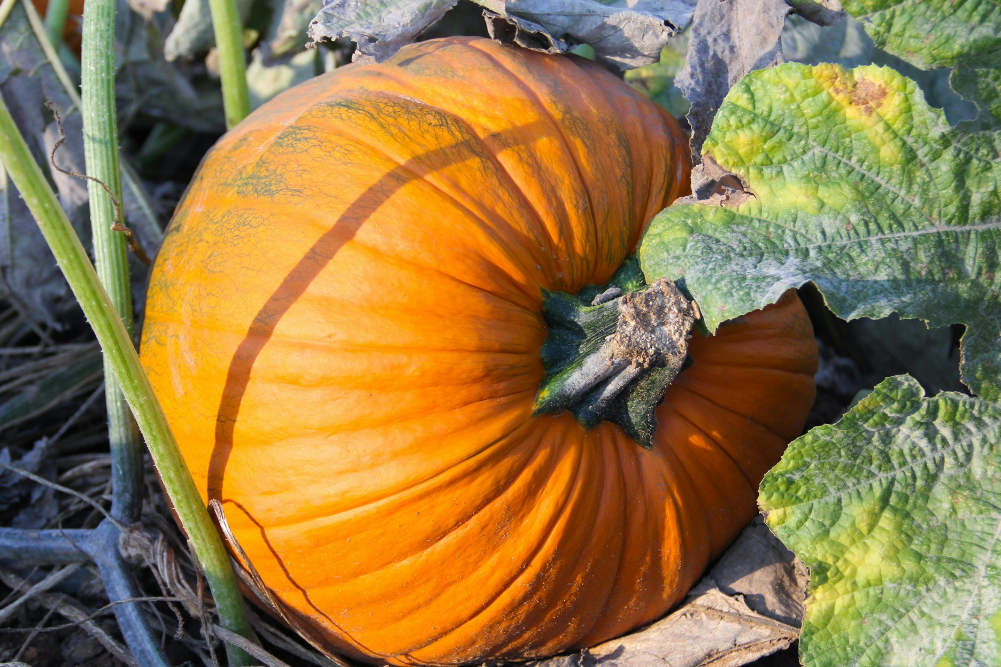Your guide to community gardens
Living in an apartment is great for keeping heating and cooling costs down – having a floor above you is great insulation – but when it comes to creating compost and
We live in an apartment with a small balcony and a few pot plants but not enough space to start our own home-grown composting system. We were desperate to reduce the amount of waste we generate from the food we eat and to recycle it into something meaningful as part of our overall recycling and waste reduction efforts.
After a bit of research, we came across a compost bucket which holds 20 litres of waste and is made out of recycled plastic. It’s a great alternative to needlessly throwing food scraps into the general waste stream which end up as landfill. You simply throw your food scraps into the bucket, squash it down as far as it can go, sprinkle a sawdust-looking mixture of yeast, bacteria and other natural goodies that help start the fermentation process (it comes with the bucket) then put the airtight lid on to allow the fermentation to start. A family of four might take a couple of weeks to fill the bucket, depending how much fruit and vegetables you eat (you can buy bigger bins for larger, hungrier families).
The compost bucket keeps smells and pests away – when you open the lid it actually smells a bit like beer, and when the lid is on you don’t smell a thing. Plus, the fermented liquid that forms at the bottom of the bucket once you start filling it up is an absolutely unbeatable food source for your plants. After years of struggling to grow pot plants on our balcony, they have become the greenest, healthiest-looking pot plants this side of the apartment building.
All of a sudden, our ability to be sustainable compost-makers started falling into place. Well, at least our ability to create the main elements of the compost – fermenting food scraps. As you may know, for compost to be created you also need grass clippings or hay and some soil, so the fermenting scraps have something to start composting in. And when that’s all ready, you need a Garden to use the compost on. We had a full bucket of fermented food scraps, so our next mission was to find out where we could find a place to start composting!
We gave our first load of compost “starter” to our families because they have backyards with gardens, but we thought there had to be a more local way of “donating” our waste that didn’t involve transporting it by car. And there is. We checked out our local council’s website and found a nearby community garden that was willing and able to accept our food scraps as part of the nice, big, healthy compost system they use for all their community garden contributors.
We contacted the community garden coordinator and she invited us to check it out. Armed with our compost bucket, we walked to the garden, located in the middle of an inner city area full of apartments and townhouses, and were excited by what we found.
How Community Gardens Work
It turns out that community gardens have been an important part of the urbanised world for centuries but they are only just becoming mainstream in Australian cities. As well as offering a green space solution for densely settled areas, they allow you to share skills with other people and enjoy the benefits of working within a group to produce something that can also be used by the group. You get a garden to work in and can take home the produce that you grow in exchange for helping to run the garden.
The community garden we have started to participate in is about 30 metres long by 20 metres wide and contains about 12 small plots where members of the local community can grow food and plants. Anyone interested in managing a plot first has to sign an agreement regarding its use such as the gardening practices they need to employ and how these contribute to the overall wellbeing of the garden.
Usually, members of the garden community vote people onto a committee to manage the garden. It’s a little like the strata committee setup in apartment buildings, even to the extent that a fee structure for each plot is agreed upon to enable the garden to be maintained and managed as professionally as finances allow. The land provided for a community garden is usually donated by a local council; a community group such as a church, school or health care facility; or the State Government. In many cases, subsidies from these agencies and groups cover some of the costs of running the garden.
The garden we participate in is part of the Australian City Farms & Community Gardens Network. Their website (www.communitygarden.org.au) tells you everything you need to know about setting up or participating in a community garden including tips and guides for getting involved, what to grow, how to make the best use of your garden and how to find a garden near you.
In our garden, the community meets once a month for a working bee or morning tea but generally people can come and go as they please during the day to tend to their garden. Tools are locked in a safe place and people are asked to write their activities in a logbook so the garden’s coordinator can keep some track of what has been going on.
When you visit the Community Gardens Network website you’ll find that there is a focus on promoting sustainable gardening and food-
If you’re interested in
Community gardens are also becoming centres for learning about other aspects of sustainable living as local councils run workshops to show people first-hand how to, for example, save and recycle water and reuse and recycle materials around the home.
You can see how important the community garden concept is to those of us who want to continue our sustainable living journey and contribute to the local community. We eat our (organically grown) food, we put the wastes generated by this food into our compost bucket, we take our bucket off to the community garden to help create a rich compost, we use the fluid generated by the bucket to nourish our pot plants and we contribute to a locally produced food source for our community. It doesn’t get much better than that.
Michael Grosvenor wrote about greenwashing for WellBeing 110. He is a leading urban planning professional, a freelance writer on sustainable planning issues and is the author of Sustainable Living for Dummies.
Wondering what to plant in your community garden? Find out how to tend to your vegetable garden, the how tos of







